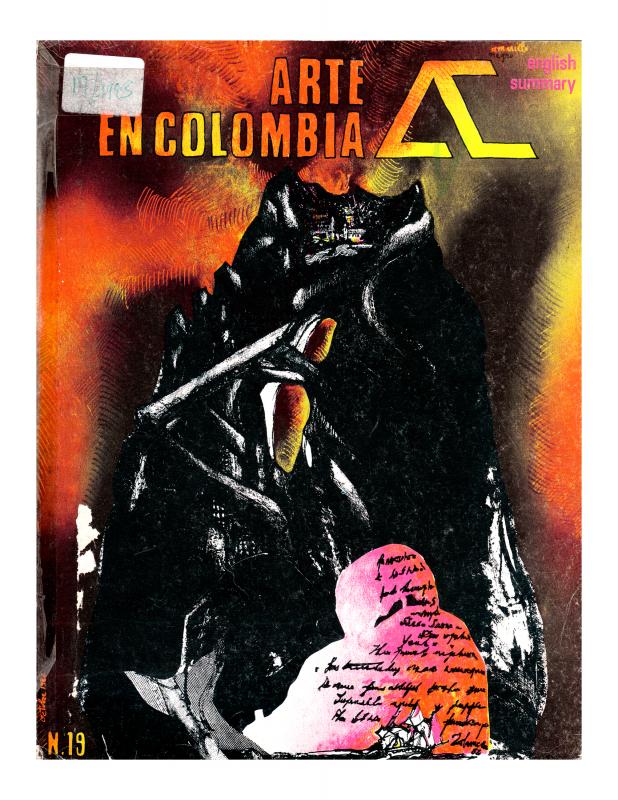In this interview, which took place in 1983, Miguel González (born 1950) and Alicia Barney (born 1952) address how Barney’s work gained recognition. Starting with her first pieces produced in 1975, Barney’s conceptual work has attested to a cosmopolitan and critical attitude as it deals with issues like the environment, the reception of art, traditional art media, as well as the major concerns of the international art scene.
In 1980, Barney’s work Bocagrande [Bigmouth]—an installation with polyethylene bags holding trash from the beach—was awarded first prize at the III Salón Regional de Artes Visuales for southwestern Colombia and held before the Salón Nacional de Artistas, which encompassed all of the country’s regions and was organized by the Instituto Colombiano de Cultura (Colcultura). Her work Río Cauca was included in the I Coloquio y Muestra Latinoamericana de Arte No Objetual. That project made use of test tubes with water samples, photographs, maps, and lab tests performed by biologists to address the contamination and deterioration of the Cauca River. This work is a good example of Barney’s approach at the time: “My work is symbolic in nature; it attempts to form part of the public. What I have shown here articulates an ecological problem that should matter to all living beings, regardless of political party, credo, or race.” Complementary to this text is “Alicia Barney: el paisaje alternativo” [doc. no. 1078601].
This text is significant insofar as it shows Barney’s interest in shifting emphasis from the work itself to the conception of the work and the viewer’s perception and/or imagination. Her opinions, as well as her ideas and conceptions of art, artists, critics and the public, form part of the work.
As the head of the Museo de Arte Moderno La Tertulia of Cali, Miguel González has curated a number of exhibitions of contemporary Colombian art. First published in the Cali-based newspaper El Pueblo in 1983, this interview was later included in the book Entrevista, Arte y Cultura de Latinoamérica y Colombia [Interview, Art and Culture of Latin America and Colombia] (2003).

